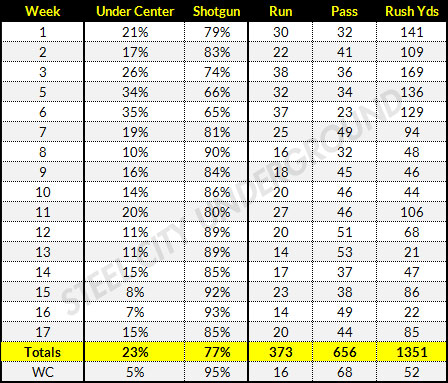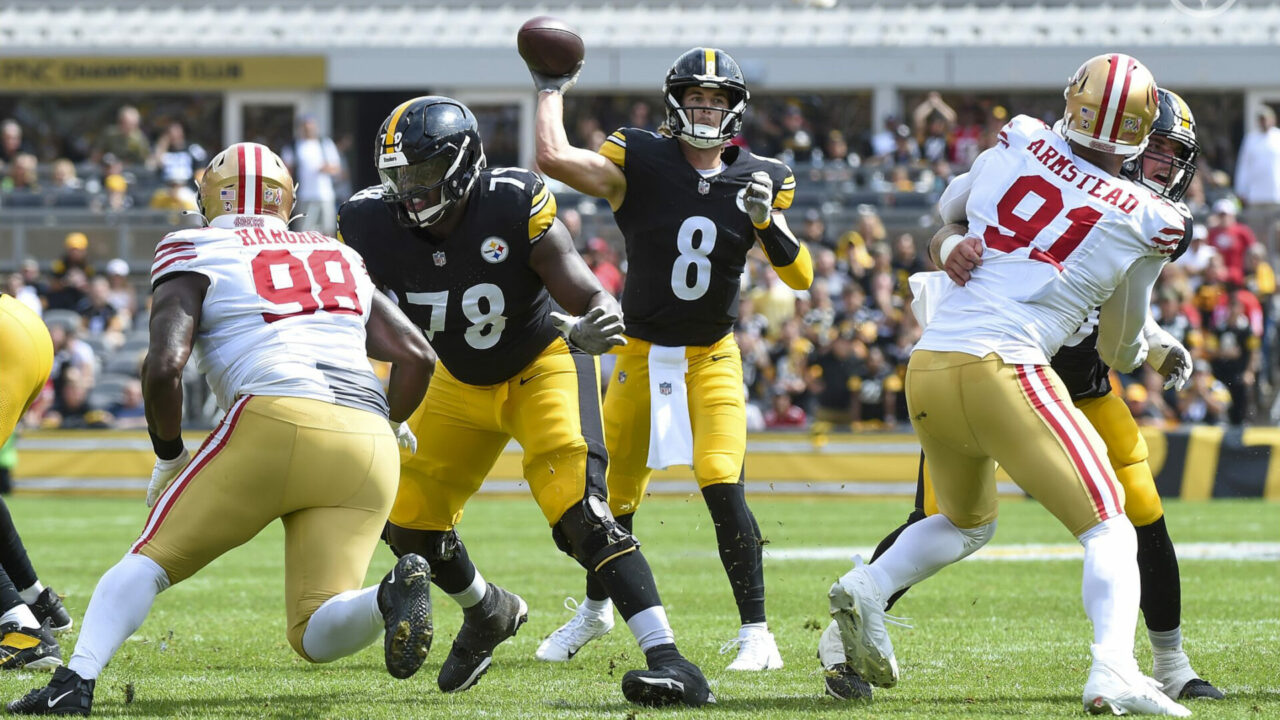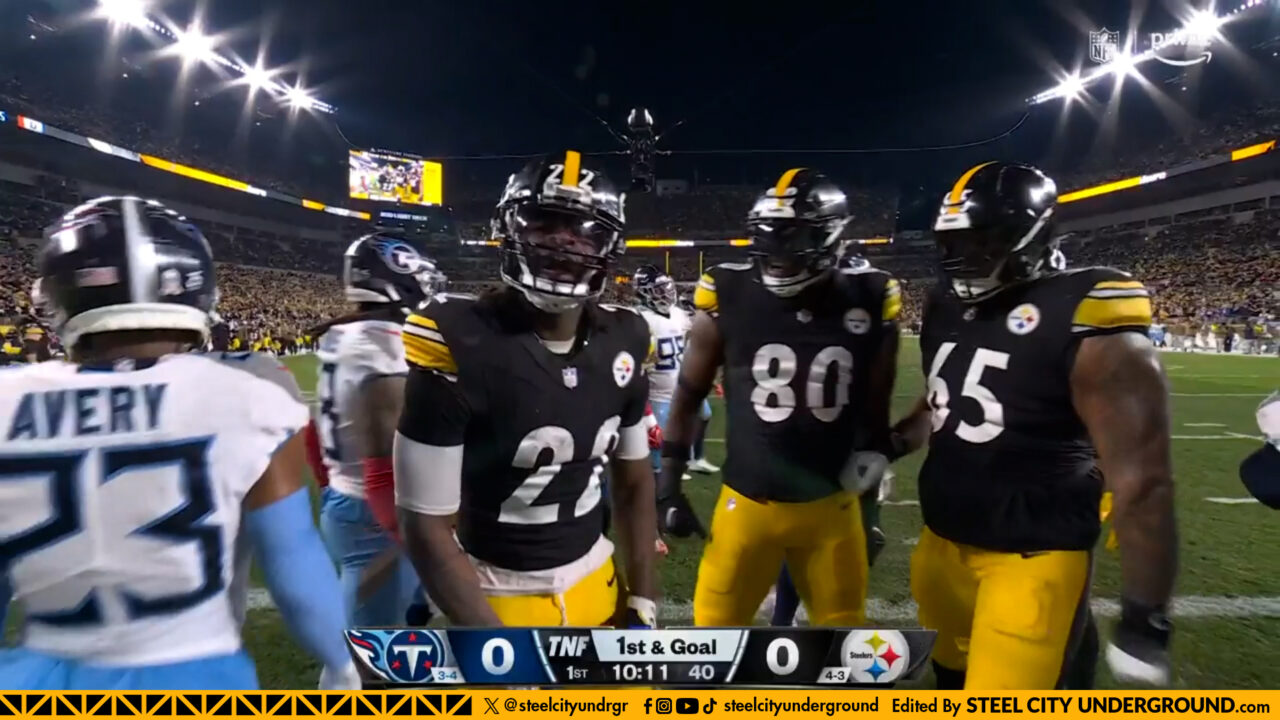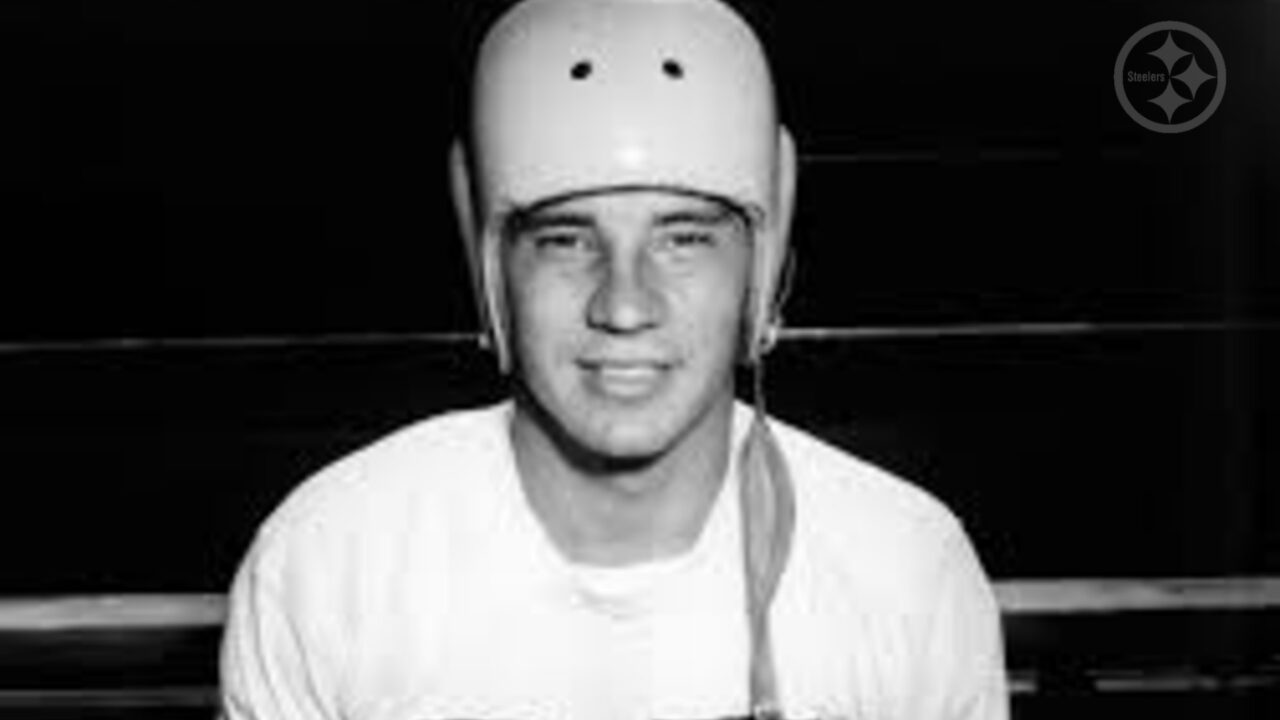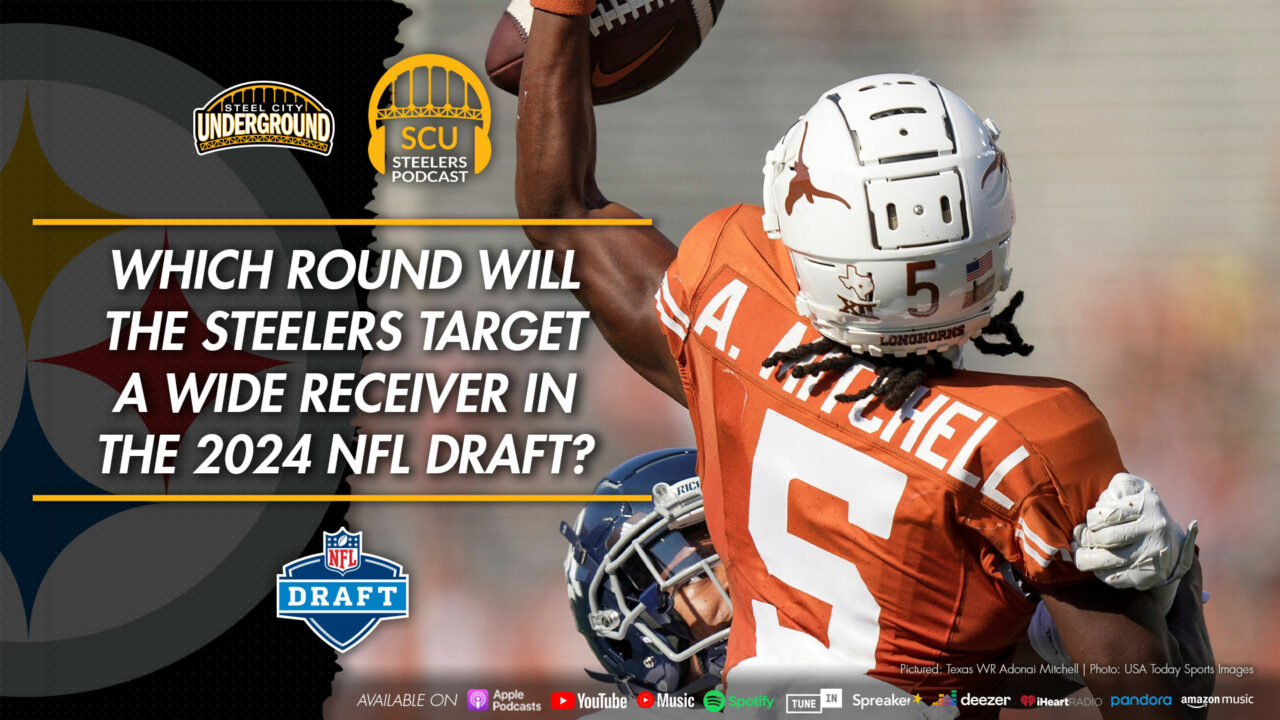What made the Steelers play calling so predictable?
Over the last few days, I’ve seen various analysis questioning the Pittsburgh Steelers offensive collapse during the 2020 season. Among the suggestions is that new offensive coordinator Matt Canada’s “wrinkles” which were installed on offense, such as jet motion, were “figured out” by opposing defenses.
While on the surface that’s a solid theory, the Steelers play calling was far more predictable for reasons.
First and foremost, if Canada’s offensive theories were so adopted by the Steelers – as a quarterback’s coach in 2020 – then I have some doubts as to why the team would promote him to offensive coordinator. (The thought being, the offense will not improve.)
Rather, I feel it was the predictable nature of the Steelers offense which led to former OC Randy Fichtner’s demise.
While fans clamor during the offseason for a new running back to be added to the roster or the offensive line to be retooled, I’m simply looking at a set of numbers that tells me Canada can be a successful coordinator so long as he doesn’t fall into the same traps that set back Fichtner: the first of which is abandoning the run.
During the first seven weeks (six games) of the regular season, the Steelers rushed for 778 yards on 184 carries. They would barely double their total rushing attempts over the next ten matchups and fail to double their output from the first six games.
So, what went wrong?
I believe it was simply a lack of running the football.
James Conner, the feature back for the Steelers in 2020, has received a bad rep from a lack of focus on the Steelers run game. Through his first six games of the year, Conner (who only had six carries for nine yards and was sidelined in Week 1) was among the NFL’s rushing leaders with 451 yards. Conner also carried the ball for four touchdowns, while only crossing the goal line two more times in the remaining ten games… and gaining 270 yards.
Benny Snell has caught the brunt of criticism as well, after posting a 19-carry 113-yard performance in the opener against the Giants. His 5.95 average would not be matched the rest of the season either, but he would top 4 yards-per-carry on average a handful of times throughout 2020.
The main issue is that no one truly carried the load because Pittsburgh’s play calling became predictable and lazy.
Throughout much of the first six games, the Steelers still had a solid balance of run-to-pass plays. It wasn’t 50/50, nor do I advocate it should’ve been, but as the season wore on, you can see that the team literally threw running the ball out the window, in lieu of passing.
Week 7 saw the Steelers change gears in the rescheduled game against Tennessee. It was from this point forward that they became more pass happy than usual, with Ben Roethlisberger attempting 40 or more passes in eight games which followed.
The trend becomes more problematic than choosing to run or pass, when faced with down and distance. Generically, distance didn’t matter so much either, as the Steelers ran on first downs 42.8% of the time or less than a coinflip. The predictability likely led to their 29th overall rank of yards gained in 1st-and-10 situations. They also ranked next-to-last running the ball on 1st-and-5.
Breakdown by Down
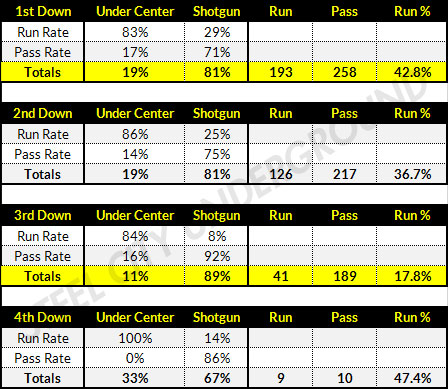
But why was that so bad? Again, predictability.
While we’re talking about a coinflip on first down in general, it became much more obvious what the team was going to do depending on whether or not Big Ben lined up in shotgun or under center. The Steelers ran the ball 83% of the time on first down when Roethlisberger was under center, and threw it 71% of the time when in shotgun formation.
The numbers skew similarly on second and third down as well, with there being no guess whatsoever when they attempted to convert on fourth downs, where every single lineup under center was a run play. (i.e., no play action whatsoever.)
The vanilla play-calling and predictability spills over to stacking the box and stopping the run. If you’re playing the odds and you ever saw the Steelers go under center, there was barely more than a one-in-ten chance they’d actually throw the ball.
Some might say that its due to Ben’s inability to move or that he may have his back turned to the defense, but this is true of any team and any quarterback in that regard. However, the Steelers were far from the only team to employ an offensive approach which kept their quarterback from playing under center.
The Baltimore Ravens, who ran the ball a total of 555 times in 2020, operated out of the shotgun on 96% of all plays, the most in the NFL. Whether under center or in shotgun, the Ravens play calling remained a near balance between 45-55% run/pass despite where QB Lamar Jackson lined up.
Other teams which emphasized the shotgun formation for 75% or more of their plays included the Chiefs, Cardinals, Bears, and Texans. A few others such as the Panthers, Seahawks, and Eagles hovered between 70-75%.
The league average was 63%.
Below is a breakdown of all of the Steelers snaps from shotgun versus under center, as well as how many run and pass plays were called.
Breakdown by Week
